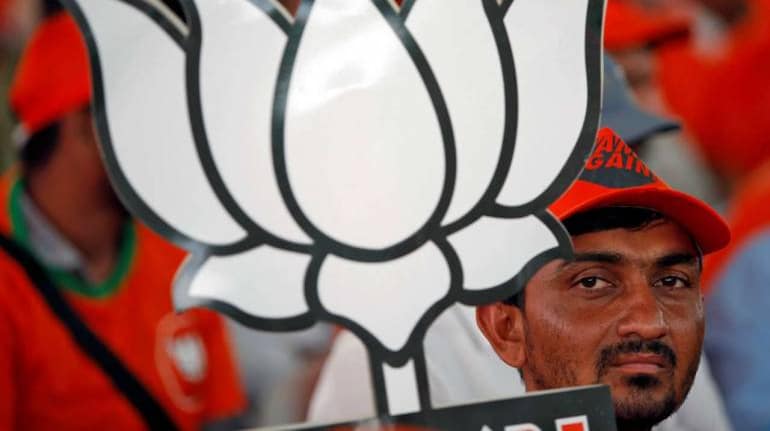



The results for the assembly elections in Haryana and Maharashtra are in, and as things stand now, it will be a while before the fine print is clear as to which party/coalition will form the government and what will be its composition. In Maharashtra, the Bharatiya Janata Party (BJP)-Shiv Sena (SS) combine has crossed the halfway mark, and is set to come back to power — what’s not clear is what terms the Shiv Sena will put before the BJP.
The Haryana results have been a bolt from the blue! The BJP, which won 47 of the 90 seats in 2014, has not managed to cross the halfway mark. This is an embarrassing blow for the national party that had aimed to win more than 75 seats!
The emergence of Dushyant Chautala’s Jannayak Janata Party (JJP) shows that the caste lines run deep in the state, and that the BJP has not been able to influence the Jat vote-bank. The setback for the BJP in Vidarbha and Western Maharashtra is a sign that the agrarian crisis needs to be addressed more robustly.
There are lessons for both the national parties. The good news is for the Congress, which was riddled with infighting and which not many had pinned hope on to put up a fight. The bad news is for the BJP, which, might even form the government in Haryana, but is the loser.
If the Congress, with a leadership vacuum at the national level and infighting among leaders at the state level, could manage about 30 seats in Haryana, imagine what it could have achieved if the party stood united! In Maharashtra, the grand old party is still in the doldrums and credit must be given to Sharad Pawar and his Nationalist Congress Party (NCP) for putting up a fight.
For the BJP this is nothing short of a wake-up call. In both Haryana and Maharashtra the party was confident that it could form the government on its own. This confidence could have been derived from its stellar performance in the Lok Sabha polls in May. However, six month later, the electorate has shown how discerning it is in distinguishing assembly and parliamentary elections. National issues, such as the abrogation of Article 370 from Jammu & Kashmir and Pakistan, are important, but so are economy, unemployment, agrarian crisis, women’s safety, etc.
For BJP Working President JP Nadda this is a setback; the Modi charisma and Amit Shah magic notwithstanding, Nadda will have to prove that he can maintain the momentum Shah has given the party. More importantly, the results are proof that a BJP ticket does not guarantee a win. People want leaders to address their problems, not gloss over it. Prime Minister Narendra Modi might still be the most popular national leader, but, his mere presence in a local election is not enough to see the party through.
On a personal note, the election results are a reminder that media narratives and exit polls can be misleading. Media reports, which suggested that all was hunky-dory for the BJP in both Haryana and Maharashtra, might have overlooked the distress the people felt because of the economic slowdown. Perhaps we in the media need to keep our ear to the ground and come out of the echo chambers we often create around ourselves. At the end, we must learn from our mistakes and move on.
The October 24 results will boost the Aam Aadmi Party (AAP) which is preparing to face the BJP in the Delhi elections likely to be held early next year. It is a message to the Congress that it still has some fight left in it, and, to BJP allies who might start asserting themselves.
For more Opinion pieces, click here.
Discover the latest Business News, Sensex, and Nifty updates. Obtain Personal Finance insights, tax queries, and expert opinions on Moneycontrol or download the Moneycontrol App to stay updated!
Find the best of Al News in one place, specially curated for you every weekend.
Stay on top of the latest tech trends and biggest startup news.